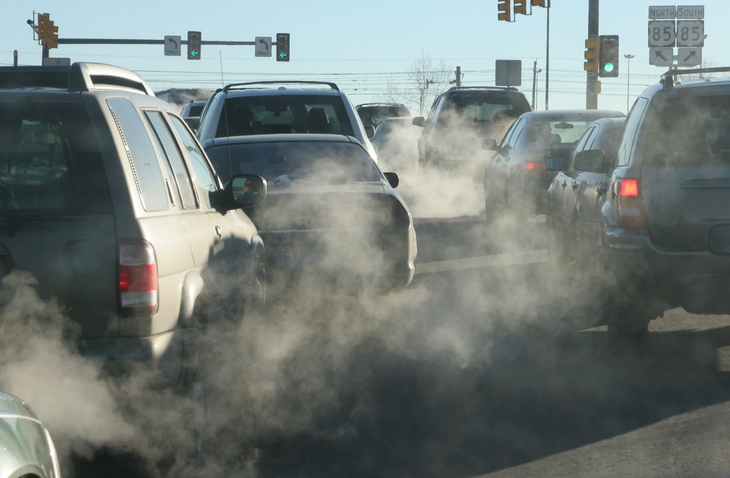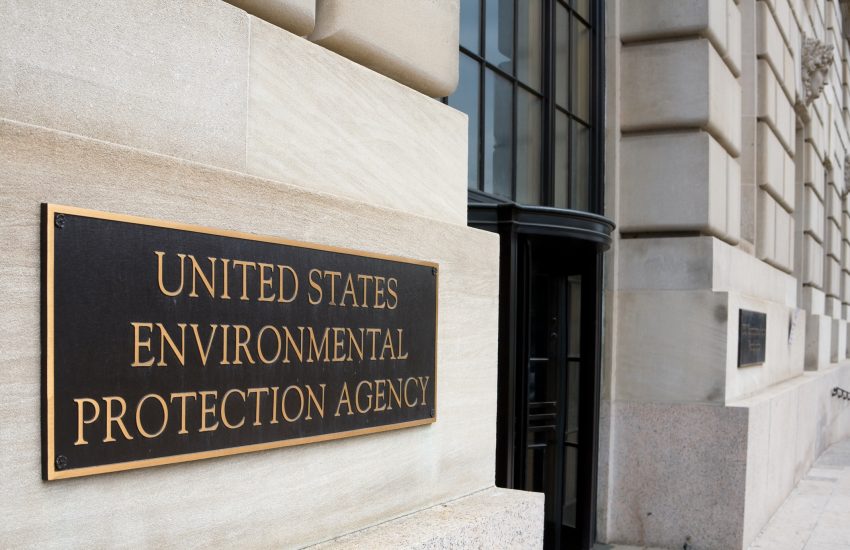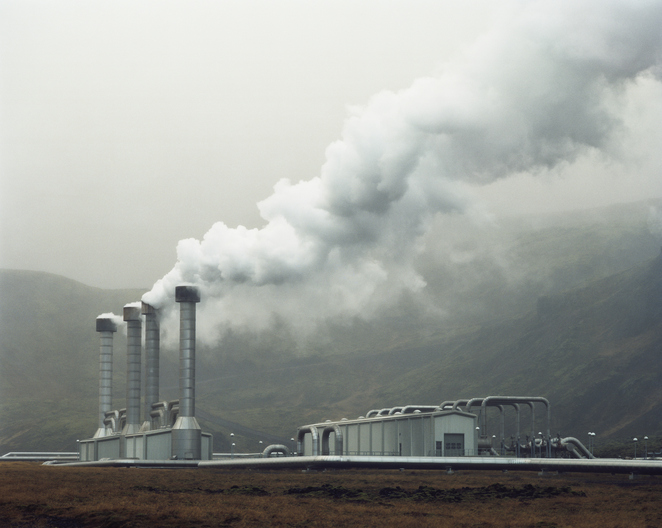The U.S. Environmental Protection Agency announced April 9 a set of final rules under sections 111 and 112 of the Clean Air Act (CAA) to significantly reduce toxic air pollution from more than 200 chemical plants in the United States.
The plants affected make products such as synthetic organic chemicals, plastics, paints, synthetic fabrics, pesticides, petrochemical products, and various polymers and resins, including neoprene. The new rules strengthen protections for communities living near these industrial facilities, especially along the Gulf Coast, and it is anticipated …
Continue Reading









